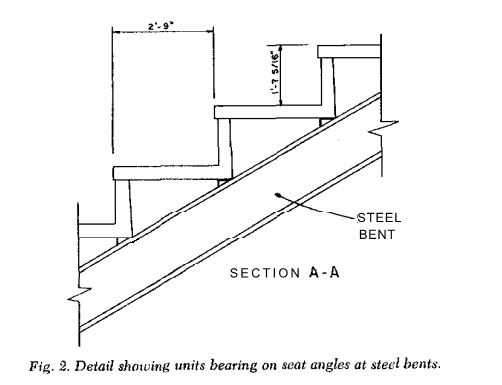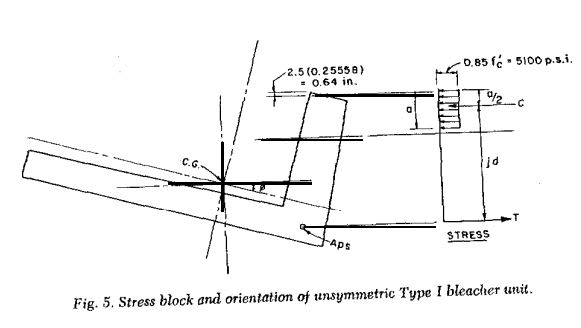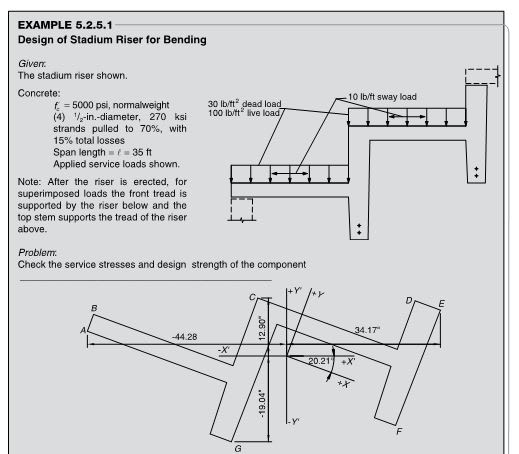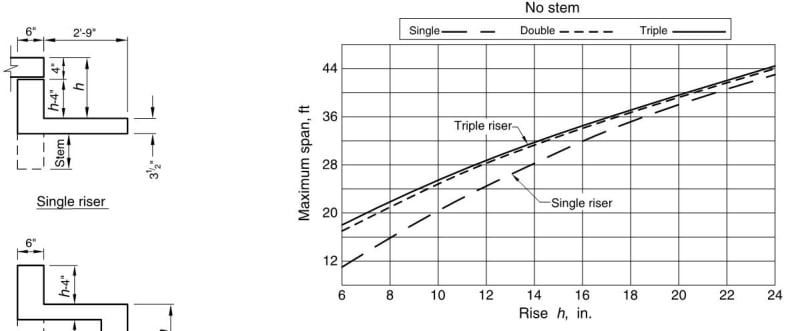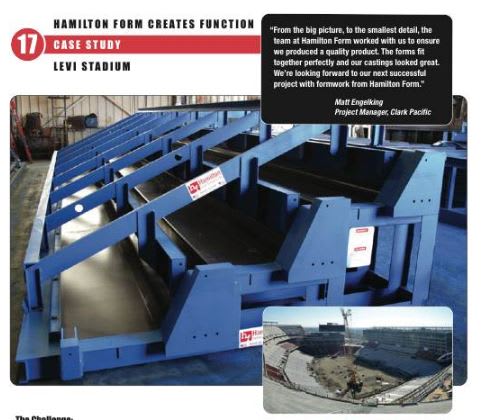JStructsteel
Structural
- Aug 22, 2002
- 1,357
For a bleacher riser, the L shape concrete beam will be 5'-6" wide, and the slab 4" thick. For the leg, its 1'-5" deep, 6" wide. To form, would you want the stem upward (slab in tension) or the leg downward (slab in compression). To me I want the stem upward, so I can spread the tension load over the slab at the bottom.
Any thoughts? Suggestions?
Any thoughts? Suggestions?

